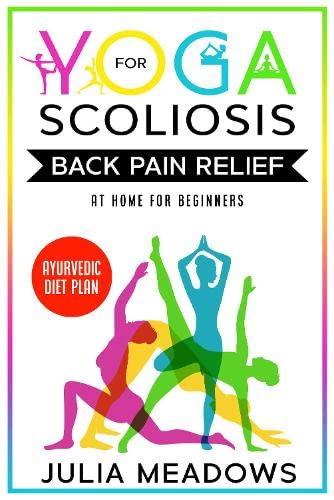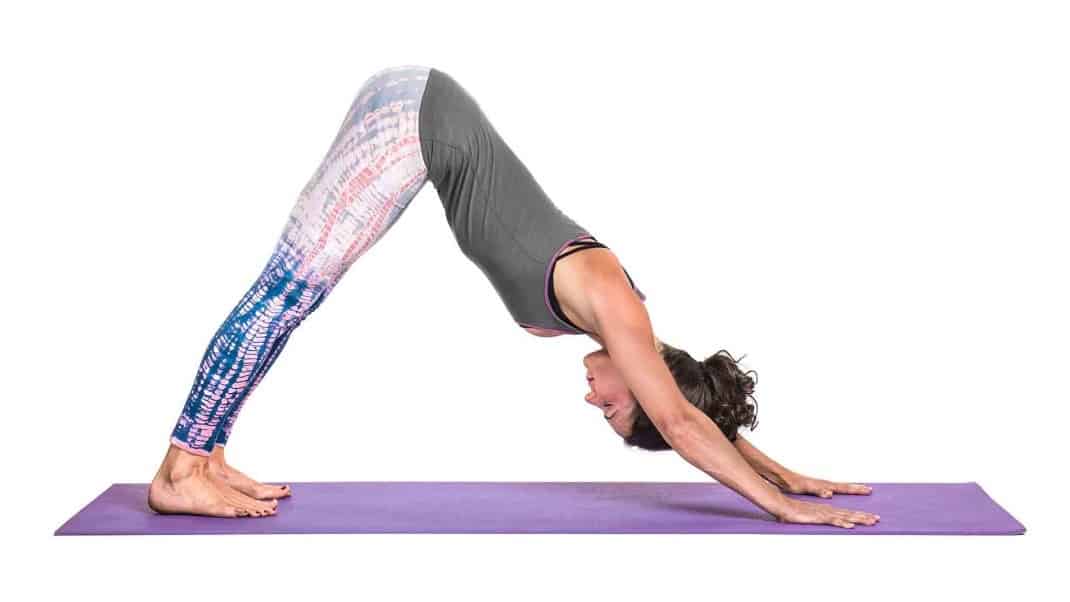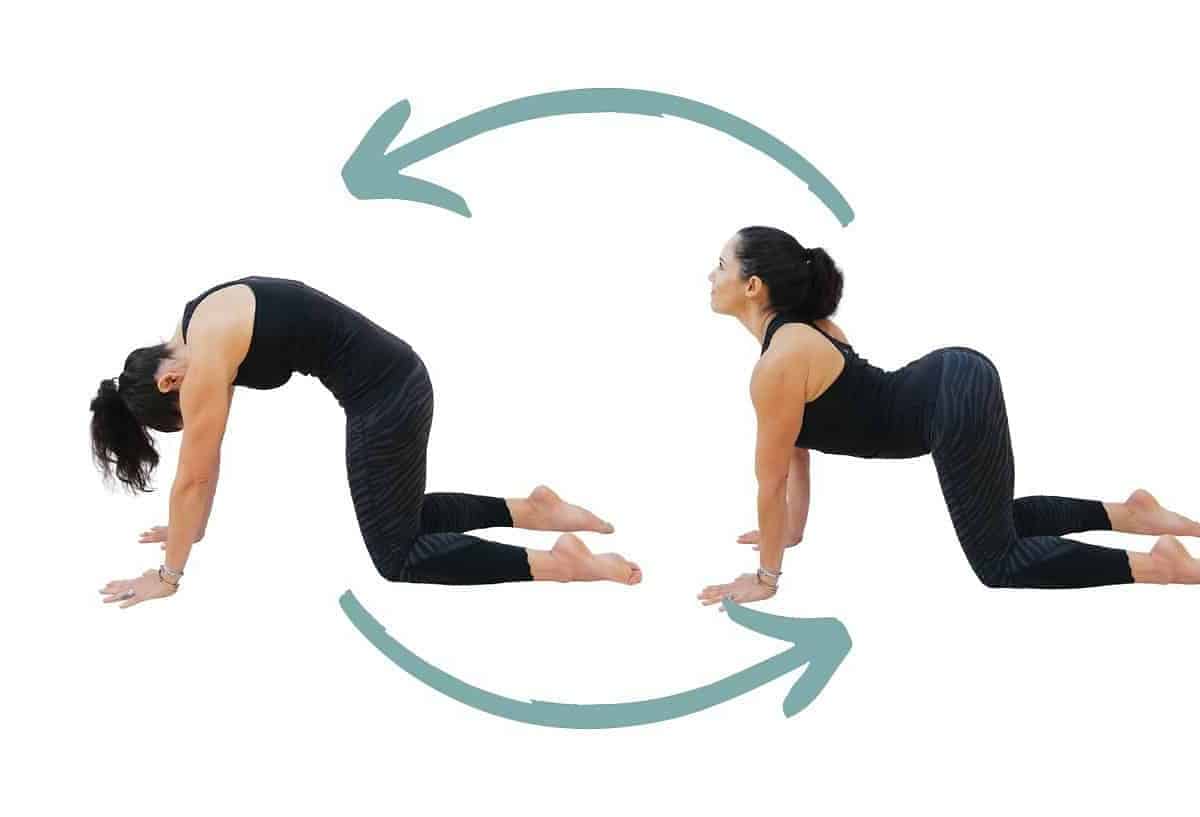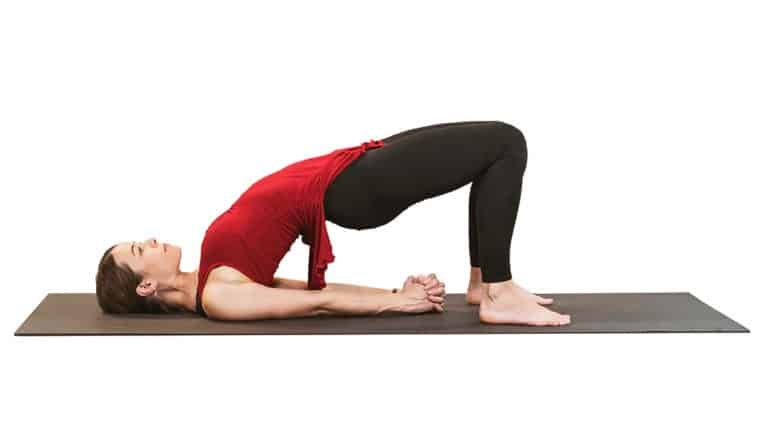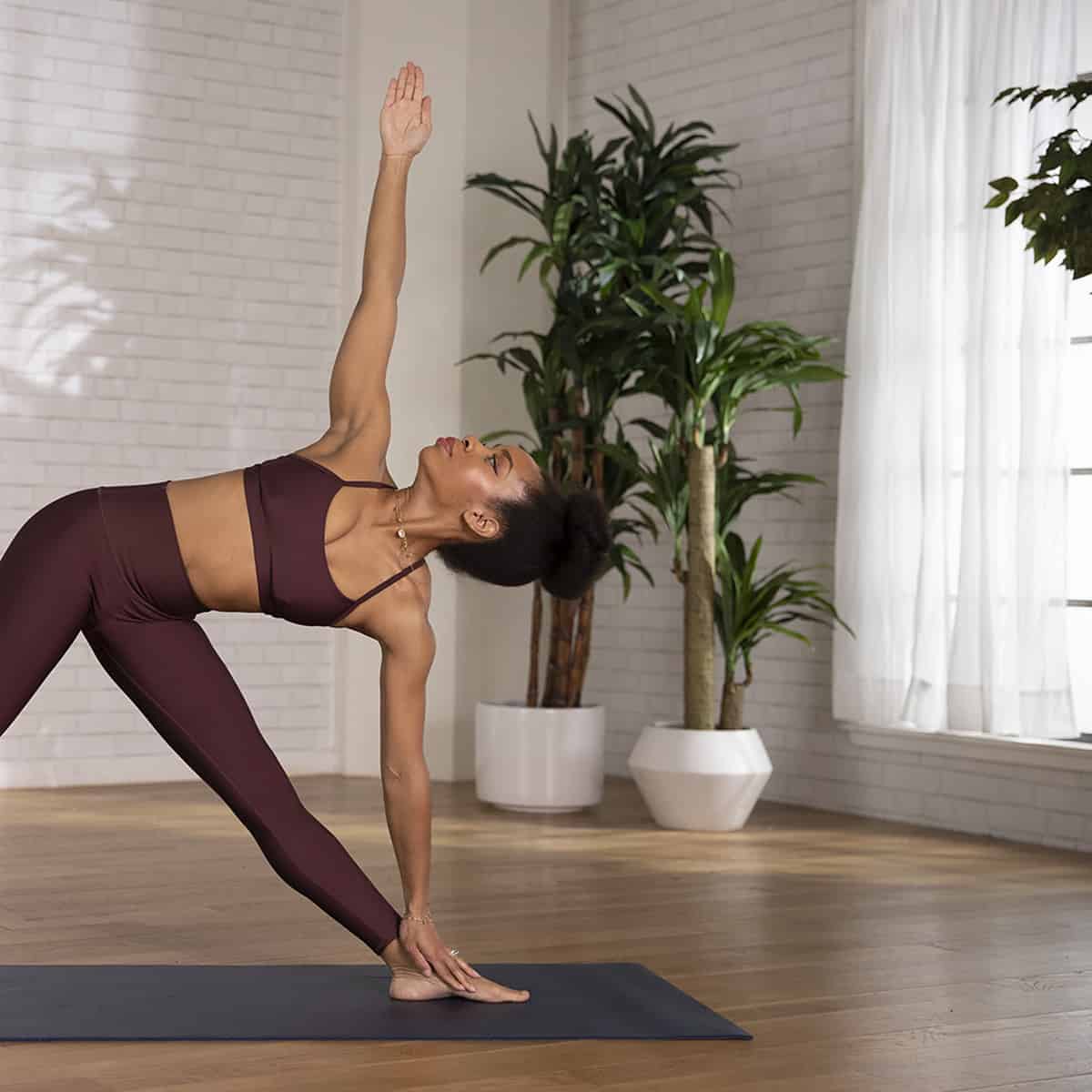Yoga is not only a popular form of exercise and relaxation, but it can also have numerous benefits for spinal health. By practicing yoga regularly, you can improve your posture, increase flexibility and mobility, strengthen your core muscles, and reduce back pain. In this article, we will explore how yoga supports spinal health, discuss some recommended yoga poses, provide precautions and modifications for those with spinal issues, and offer tips on incorporating yoga into your daily routine.
Benefits of yoga for spinal health
Improved posture
One of the key benefits of practicing yoga is improved posture. Many yoga poses focus on aligning the spine and promoting proper posture. By regularly practicing these poses, you can strengthen the muscles that support your spine and develop better body awareness. This can help alleviate common issues such as slouching, rounded shoulders, and forward head posture.
Increased flexibility and mobility
Yoga is known for its ability to increase flexibility and mobility throughout the body, including the spine. By performing various yoga poses that involve stretching and twisting, you can improve the range of motion in your spine. This increased flexibility can help prevent stiffness and reduce the risk of injuries related to spinal movements.
Strengthening of core muscles
A strong core is essential for maintaining a healthy spine. Yoga poses often engage the core muscles, including the deep muscles that support the spine. By regularly practicing yoga, you can strengthen these muscles, which can help stabilize the spine and improve overall spinal health.
Reduced back pain
Back pain is a common issue that many people face, and yoga can be an effective tool for managing and reducing back pain. Certain yoga poses can help stretch and strengthen the muscles in the back, relieving tension and promoting relaxation. Additionally, yoga can improve circulation and promote the release of endorphins, which are natural pain-relieving chemicals in the body.
Specific yoga poses for spinal health
Child’s Pose
Child’s Pose is a gentle yoga pose that stretches the lower back and promotes relaxation. To perform this pose, start by kneeling on the floor with your knees hip-width apart.
Sit back on your heels and slowly lower your torso forward, resting your forehead on the mat. Extend your arms forward or alongside your body, whichever is more comfortable. Hold this pose for several breaths, focusing on deepening the stretch in your lower back.
Downward-Facing Dog
Downward-Facing Dog is a popular yoga pose that stretches the entire body, including the spine. Start on your hands and knees, with your hands slightly in front of your shoulders.
Lift your knees off the mat and press your hips up and back, forming an inverted V shape with your body. Keep your arms straight and your heels reaching toward the ground. Hold this pose for several breaths, feeling the stretch in your spine and hamstrings.
Cat-Cow Pose
Cat-Cow Pose is a gentle flowing movement that helps improve spinal flexibility and mobility. Start on your hands and knees, with your hands directly under your shoulders and your knees under your hips. Inhale and arch your back, lifting your chest and tailbone towards the ceiling (Cow Pose).
Exhale and round your back, tucking your chin and tailbone under (Cat Pose). Repeat this movement several times, coordinating your breath with the movement of your spine.
Bridge Pose
Bridge Pose is a backbend that strengthens the muscles in the back and glutes while opening the chest and shoulders. Lie on your back with your knees bent and feet flat on the floor, hip-width apart.
Press your feet into the mat and lift your hips off the ground, creating a bridge shape with your body. Keep your arms alongside your body or clasp your hands underneath you. Hold this pose for several breaths, focusing on engaging your glutes and opening your chest.
Triangle Pose
Triangle Pose is a standing pose that stretches and strengthens the entire body, including the spine. Start by standing with your feet wide apart. Turn your right foot out to the side and extend your arms parallel to the floor.
Reach your right hand towards your right foot, keeping your left arm extended towards the ceiling. Keep your legs straight and engage your core. Hold this pose for several breaths, feeling the stretch along the side of your body and the opening in your chest.
Precautions and modifications for practicing yoga with spinal issues
Consulting with a healthcare professional
If you have any existing spinal issues or concerns, it is important to consult with a healthcare professional before starting a yoga practice. They can provide personalized guidance and recommendations based on your specific condition.
Using props for support
Props such as blocks, straps, and bolsters can be helpful for those with spinal issues. These props can provide support and stability during yoga poses, allowing you to modify the poses to suit your needs and avoid any unnecessary strain on your spine.
Great Yoga Mat Towel – Yogitoes
About this product:
- Anti-Slip Bottom: Patented Skidless Technology with silicone nubs for superior grip during hot and sweaty yoga.
- Yoga Support: Ultra absorbent, quick-drying, and sustainable Yogitoes in beautiful designs.
- Eco-Friendly: Made from at least four recycled plastic bottles, reducing energy consumption, and free from harmful dyes.
Modifying poses for comfort
It is essential to listen to your body and modify yoga poses as needed to ensure comfort and safety. If a pose causes pain or discomfort in your spine, consider using modifications or skipping that pose altogether. Remember, yoga should be a gentle and beneficial practice for your body.
Incorporating yoga into your daily routine for spinal health
To reap the benefits of yoga for spinal health, it is important to incorporate it into your daily routine. Start by setting aside a specific time each day for your yoga practice. You can begin with just a few minutes and gradually increase the duration as you become more comfortable. Consider joining a yoga class or following online tutorials to ensure proper form and guidance.
Conclusion
Yoga offers numerous benefits for spinal health, including improved posture, increased flexibility and mobility, strengthened core muscles, and reduced back pain. By incorporating specific yoga poses into your routine and taking necessary precautions, you can support your spinal health and enjoy the overall well-being that yoga provides.
Remember to consult with a healthcare professional if you have any concerns or existing spinal issues. Start your yoga journey today and experience the positive impact it can have on your spine and overall health.
Originally posted 2023-05-15 17:32:16.



